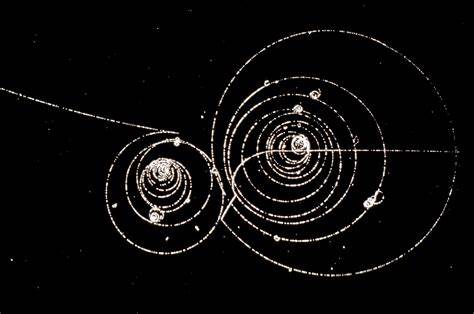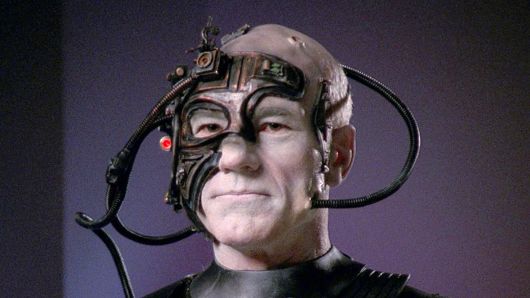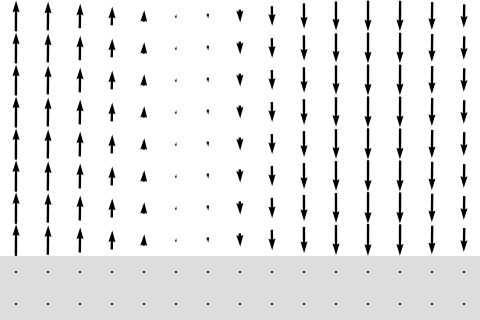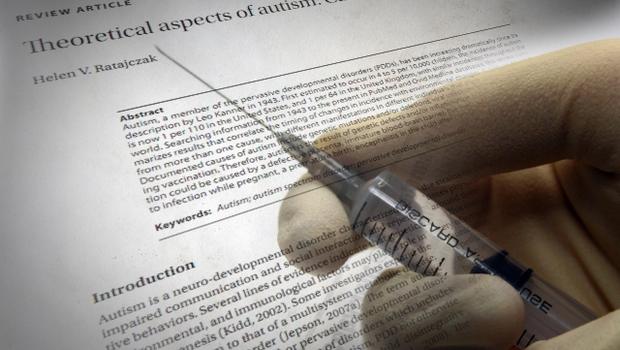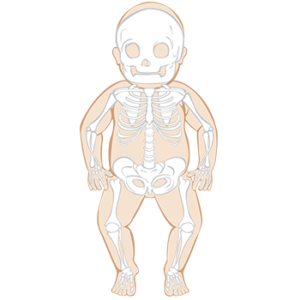
The burgess shale formation is revered as one of the earliest fossil beds that have preserved soft part imprints. The date in which this Shale formation is said to have acquired its soft part imprints, five hundred to five hundred fifty million years ago
Evolution through the many eras that life that has dwelled upon this earth is not a linear path., from single celled to microorganisms to the development of a vertebrae to humans. The litany of change that the combined species have seen provides a stunning nature in which they are increasingly similar. It was found by way of studying the human genome that we share more in common with a microscopic worm than primates, though by way of studying physical differences, it’s extremely hard to believe. This brings one to the point of needing explanation; this paper attempts to provide that within a reasonable doubt.
The burgess shale formation is revered as one of the earliest fossil beds that have preserved soft part imprints. The date in which this Shale formation is said to have acquired its soft part imprints, five hundred to five hundred fifty million years ago, is referenced as the end of the pre- Cambrian era, thus marking the beginning of the Cambrian era. The pre-Cambrian era, spanning an estimated length of 4.6 - .5 billion years ago is denoted to an era in which single celled organisms were of the most advanced lifeforms on earth. The following era, The Cambrian era, is attributed as the era of the more complex multi-celled organisms spawning inhabitance on earth, inevitably leading to the spawn of vertebrates.
When examining fish, we have found that there was lobe finned fish in which the arrangements of its bones supported the fins, each of which was supported by what are known as long bones. Located on the side opposite to the long bone was another which has been deemed the shoulder bone. On the top, the long bones were accompanied many short bones. This development marked the beginning of the tetrapod, which is a four legged vertebrate skeleton. Over time, the long bone seems to have taken place as the top portion of the arm and/or leg as well as the two lower long bones took place as the middle part of the arm and/or legs. Eventually, a combination of several bones culminated at the tips to form the feet and/or hands. This is a clear indication of this lob boned fish being an associated ancestry to the modern day amphibians.
In specific fish during this time period crucial developments took place in the area of tooth and jaw development that laid the groundwork for what we see in specimens today. The Cyprinid fish is a good example, “Cyprinid fishes lack teeth in the oral jaw, instead they have a complex food-processing apparatus constituted by well-developed pharyngeal bones and teeth and a chewing pad. The pharyngeal teeth are located on the dangerous surface of the pharyngeal bones, with their crowns projecting above the mucosa and occluding with a triangular chewing pad, which is attached to the ventral surface of masticatory process of the basioccipital”(2) . This looks to be tantamount to a development of the chewing mechanism that is shared in herbivore vertebra.
As evolution took its course, the amphibians left their watery environment and moved to acclimate themselves with the land. This presented a new variable for the skeletal system to combat, gravity. Because of this new variable, the vertebrae column, now referred to as the back, needed to become increasingly sturdy and able to effectively hold amphibians upright. Over that span of time, the appendages grew stronger and its bone structure more dense allowing upward movement of the vertebrae, this was in conjunction with the vertebrae itself performing a similar change. The appendages that sprawled out were for a significant length of time drug on the ground by way of the horizontal vertebras support. This would not be possible or necessary without an interlocking system in which the vertebrae would have the ability to stay intact when raised horizontally while simultaneously being rigid enough to conform to the added force of gravity. Thus, the first amphibians evolved into snakelike, or reptilian creatures.
Overtime, reptiles gained the ability to upheave their bodies off of the ground with their appendages, this ultimately culminated to these creatures being able to walk, ushering the era of bipedal organisms. Specifically, that of mammals in which the bones constructing its limbs have been privy to specific modifications; initially, they walked on their hind limbs or legs and the forelimbs were primarily attributed to the function of eating, or gathering food.
Not all appendages formed into limbs, some reptilian forelimbs made their transformation into wings, which in turn spawned the first ancestors of birds, in which these appendages were used for flight. This in turn sparked a decrease in bone density to allow for efficiency in combating gravity.
The first more developed of mammals were known as primates, one unique trait amongst this group was the brachiation, which means arm swinging. This allowed them to maneuver by swinging from one limb to another by using this grasping mechanism in conjunction with their long arms. In contrast to our modern day humans One appendage that seems to be most prevalent in our physical differences is that of opposable thumbs. This advancement in evolution allowed humans to create and use tools to a degree not possible with non opposable appendages. This is said to be the cause of natural selection.
Essentially, natural selection suggests that evolution is riddled with trial and error. For the most part, desirable traits are those that allow an advantage towards other predatory species, or simply allow the ability to overcome natural obstacles such as varying climates or in our case the ability to utilize resources to aid in our development. Some if not most traits developed are a product of genetic mutation, likely brought about slowly via cosmic, gamma or earth bound radiation. The mutated species will not only have to survive but reproduce as well. This is to suggest that there have been plenty of subspecies with desired traits that have gone extinct rather than their underdeveloped counterpart due to ability to reproduce.
These subspecies of humans have been cataloged in our records and undoubtedly show links to primate origin. Over time our ability to manipulate our given resources into tools, shelter and clothing have encouraged a decrease in the otherwise desirable traits that we see in our primate ancestors, such as excessive amounts of hair, the ability to climb trees, sharp teeth, and a tail for balance. It is even noted that some humans have a cavity in the tail-bone where we used to have a tail. It is also noted that primates have a societal structure and even propagate wars with other societies or species of primates.
“More exclusively, vertebrates collectively share a number of derived trait states with other living deuterostome animals called chordates. These chordate animals are an odd bunch. On the one hand, we have curious bag-like animals called sea squirts (or tunicates), immobile, brain-less filter feeders that spend most of their adult lives attached to various underwater surfaces. Yet as larva these animals are radically different- they have a neutral enlargement in their head reminiscent of a brain and a tadpole like body that they wiggled vigorously to move about until they find a permanent place to settle down and transform into their sponge-like adult form.” (1)
one of the largest advancements in the evolutionary change from sea dweller to land dweller was that of the bony chassis. The skeletal chassis on the exterior served as a protective shell as a sort of natural defense mechanism. The first vertebras to be “truly” bony were aptly named ostraconderms, which literally means shell-skinned. “ collectively these vertebras were all small, jawless creatures with a protective outer casing of hard but sensitive bone enamel dentine armor.” this proved useful as it did not eliminate the sense of feeling to be sacrificed for protective purposes. It is said that the “toothy scales” of modern sharks a reminiscent of such a development in previous eras. Not surprising because sharks are of the oldest aquatic heritage on record today.
Though, with the toughness and dexterity that has been developed, the innards are subsequently lacking in dense nature; “ the base of the ‘ostracodern’ exoskeleton consisted of compact acellular bone layers, overlaid by a porous or ‘spongy’ acellular bone and was capped by sensitive dentine projections reminiscent of toothy scales of modern sharks.” (1, pg 58)
When taking Bone density changes into account, one must keep reminded of the size of the being in question. When speaking of size, the dinosaurs. From the age of 230 to 65 million years ago, these massive creatures were the subsequent owners of the land mass. Their bone structures were predominately immensely denser than the species on record, pre and post. One conclusion is obviously the size and proportion of these creatures, some of which were over 50 feet tall, there needs to be a significant support structure to keep an animal of that magnitude in upheaval. This in large part was due to the O2 levels in the earth’s atmosphere were in smaller proportions when compared to the amount of CO2 than we find today. The combination of large amounts of CO2 and the immense heats experienced in those times gave rise to thick and plentiful vegetation.
Eventually, man became interested in the study of itself and its origins. Around the time of the renaissance, the study of bones was an ever prevailing area of scientific research, Niccolo massa was one notable researcher, claiming: "It is very clearly apparent from the admonitions of Galen how great is the usefulness of a knowledge of the bones, since the bones are the foundation of the rest of the parts of the body and all the members rest upon them and are supported, as proceeding from a primary base. Thus if any one is ignorant of the structure of the bones it follows necessarily that he will be ignorant of very many other things along with them."
amongst their nuance, students of medical advancement during the Renaissance were still largely ignorant about bone upbringing. though this era was also known for the skeletons abundance in theatrical performance. The most prevalent of which was from that of Vesalius constructed in 1546, the same one that is currently on display at the University of Basel. The scientific understanding at the time brought about an understanding that bones had varying densities, motility and flexibility. However, their understanding of more complex questions such as the correlation between the spinal cord and the vertebrae and the spinal cord was very limited. As for today, we have cataloged thirty vertebrae not including the round bone in which the
vertebrae rests.it is estimated that the first discovery of Neanderthal bones was in western Europe during the late 1820’s. Since then, over 400 Neanderthal remains have been discovered. It has been noted that Neanderthals had larger bones making them more equip to support a larger muscular build than modern day humans. When compared to our early human ancestors as well as modern primates, the bone density of modern humans is about one half to three quarters as dense. The relative thickness was likely a necessary trait due to a lack of mental capacity to create tools shelter in which the advancement of such items allowed where as, overtime, our bone and muscle structure to become more slimming due to a decrease in overall physical activity presented these advancements. It is suggested that dating back twenty thousand or so years, we would find that the bone density of our ancestors was relatively the same density as modern primates. Following the course of our bone densities regression, it has been determined that it coincides with the development of agricultural advancements allowing humans to relinquish their nomad tendencies and remain in one location for relatively long periods of time.
Essentially, natural selection suggests that evolution is riddled with trial and error. As a species comes to gestation, which modern theory suggests started out as single celled organisms, there are a number of traits that are either desirable or non desirable. For the most part, desirable traits are those that allow an advantage towards other predatory species, or simply allow the ability to overcome natural obstacles such as varying climates. Some if not most traits developed are a product of genetic mutation, likely brought about slowly via cosmic, gamma or earth bound radiation. The mutated species will not only have to survive but reproduce as well. This is to suggest that there have been plenty of subspecies with desired traits that have gone extinct rather than their underdeveloped counterpart due to ability to reproduce. Of course, man kind is not exempt from this cycle.
chimpanzees for example, have a near one hundred percent similarity in DNA as compared to modern humans, however their resemblance is vastly different. as was mentioned before, their arms are seemingly disproportional due to their dependence of swinging from trees. yet bear little resemblance to us in appearance. in general, chimpanzees have been found to be as tall as five feet & five inches. the size difference of our skulls is notable as well, this is due to their smaller brain, which on average is four hundred cubic centimeters, where as the volume of a human brain is on average one thousand fourteen hundred cubic centimeters. in light of these differences, the human cranium had developed to be rounder in order to sufficiently provide the adequate space needed for some of the more developed functions that are possible due to extra parts.
the skull of a chimpanzee had a muzzle that extends from the front of the skull, where as humans have a near vertical face where the muzzle would normally be. The differences in the muzzle vs the flatter face are indicative of an evolution from carnivore to herbivore, as carnivores need a more pronounced muzzle accompanied by sharp teeth in order to efficiently tear through the body of its prey, a lack of a muzzle accompanied by flatter teeth appropriate a better environment for grinding and mashing foods such as herbs or vegetables as opposed to tearing through the skin.
When observing the structural integrity of teeth in primates we have observed that there are “ the main cusps of an upper molar are the paracone, the metacone, and the protocone. The triangle formed by these cusps is called the trigon. Many primates have evolved a fourth cusp distal to the protocone, called the hypocone.” (3) This is where humans have developed their own structure apart from this time in evolutions history. The following figure shows the differences in development from primates to human
In conclusion, the formation of bone structure has gone through various degrees of specific change an mutation ultimately resulting in a more efficient layout for the desired climate in which a species or organism exists. Further studies of origin are privy to changing what we know now as well as some of what was mentioned in this paper itself, though the context in which its developmental history has been attributed will be largely the same.
1) -The Bare Bones:
http://library.uh.edu/record=b7598487~S11
Reference Desk: (713) 743 - 1050 (option 4)
Citation Guides: APA; Chicago; MLA
2) APA 6th edition
Fleagle, J.G.(1999), primate adaptation and evolution. San diego academic press.
3) APA 6th edition
Fleagle, J.G.(1999), primate adaptation and evolution. San diego academic press.
The daily dialectics was devised in efforts of exposing devious tech derived from major companies. The highlights of which are Google and Facebook. Over the past decade they have worked together in lieu of the development of a wireless power network integrated into our most populated areas worldwide. Most notably 2017 - 2018 was the year of the final patent approvals. Facebooks Line of Sight system can receive the dense wave form emitted by the waveguide attached to Googles Goubau Launchers. Both are capable of ultra-low, microwave, up to THZ frequencies depending on ambient conditions and intention of dispersal.



In an age where truths are akin to fiction in the minds of the masses, fiction is a key component in societal control. Reprogram your programmer's programming; join the dialectic.
Contact us:
thedailydialectic@outlook.com
In an age where truths are akin to fiction in the minds of the masses, fiction is a key component in societal control. Reprogram your programmer's programming; join the dialectic.
Contact us:thedailydialectic@outlook.com


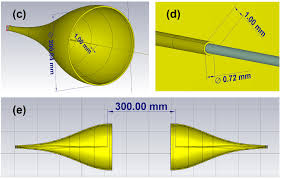




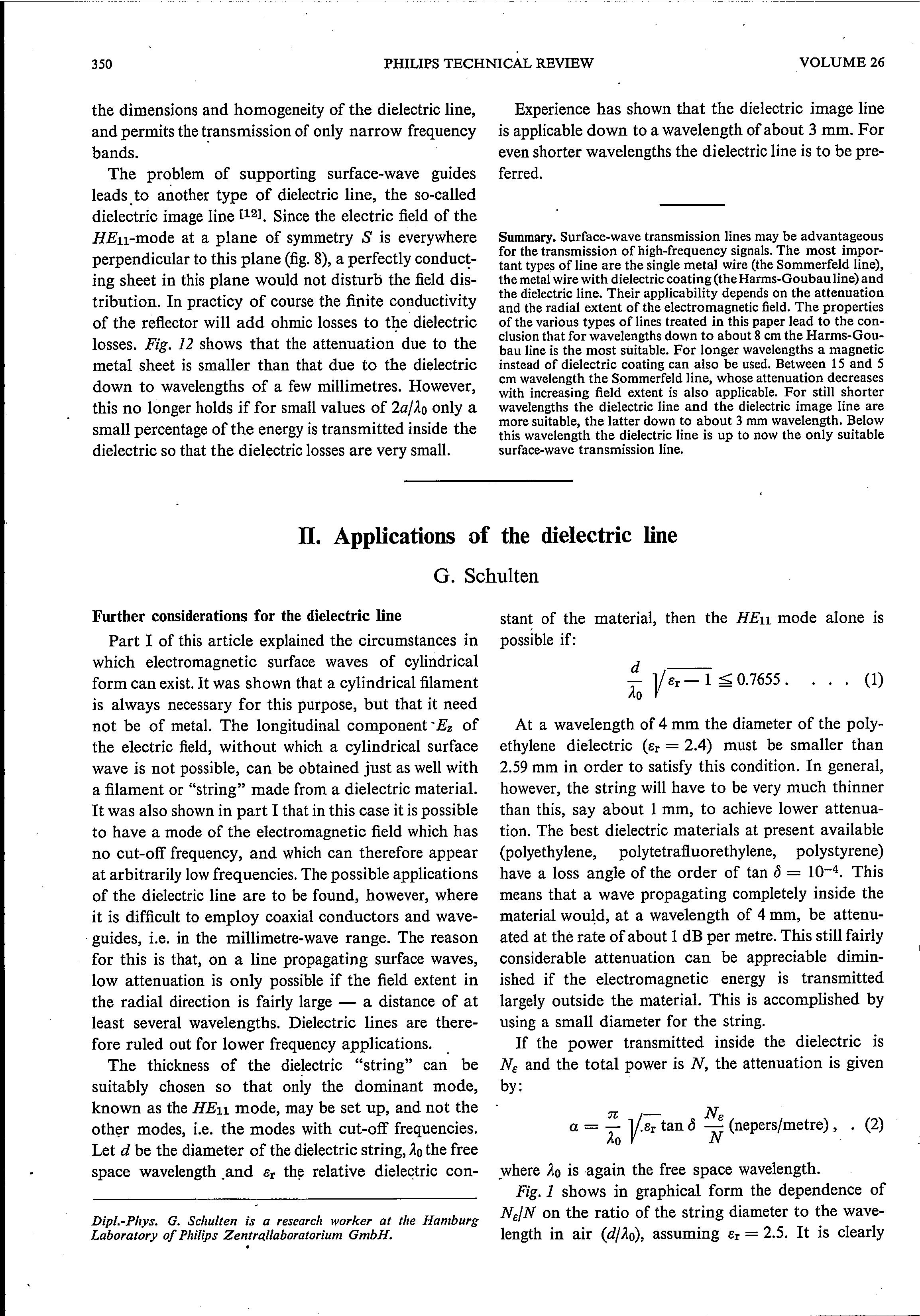

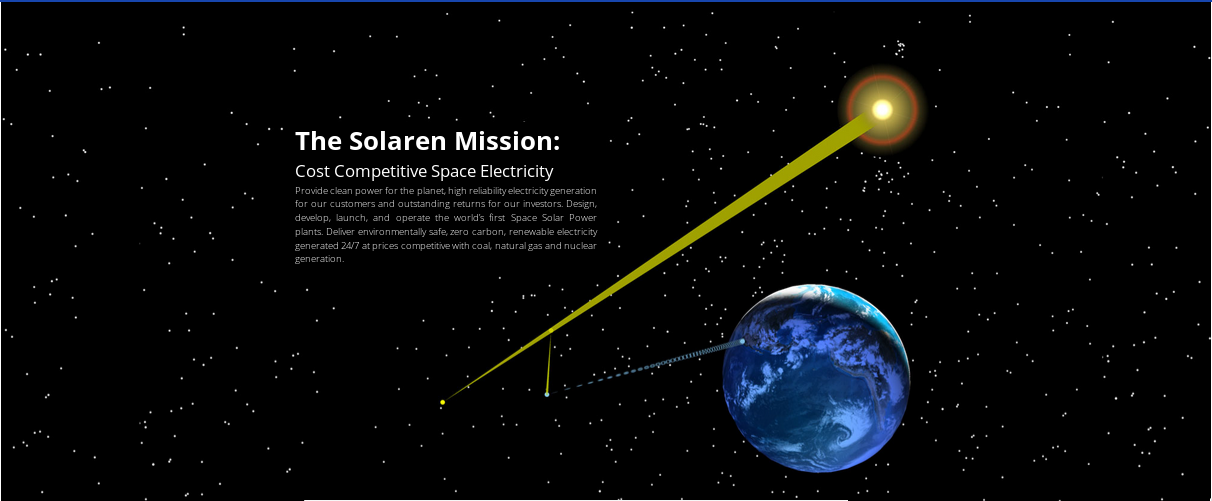
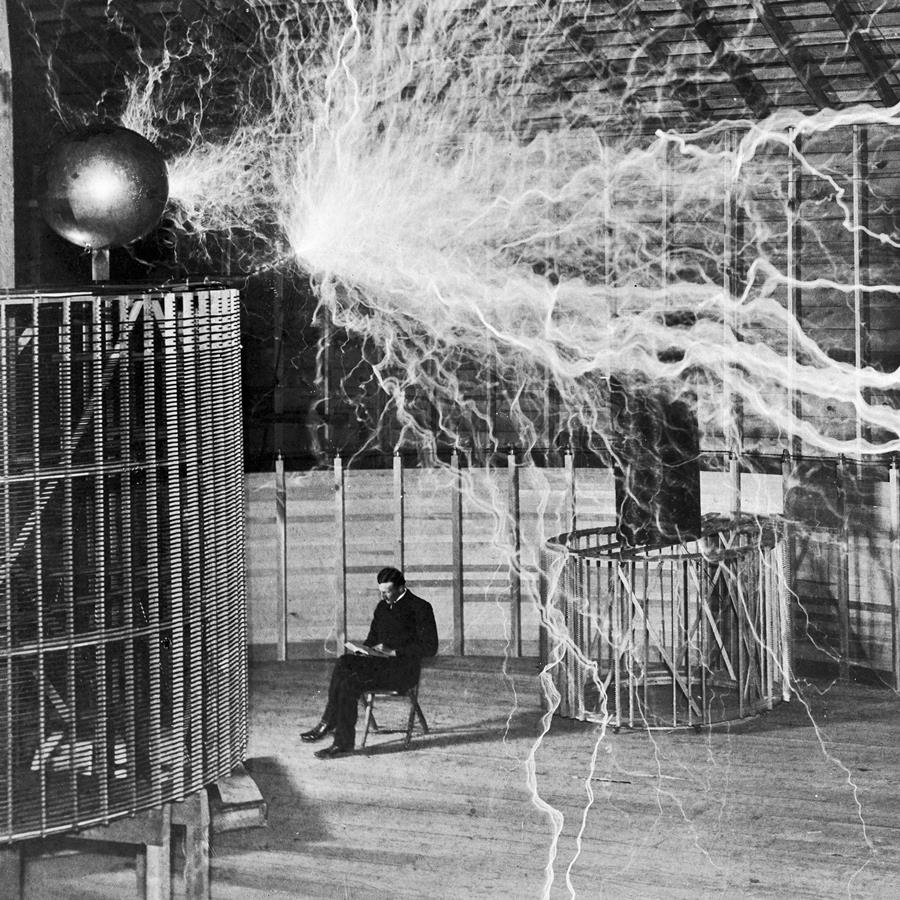
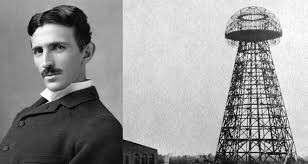



/HTML/20 Bedini_files/bigguy1.jpg)






